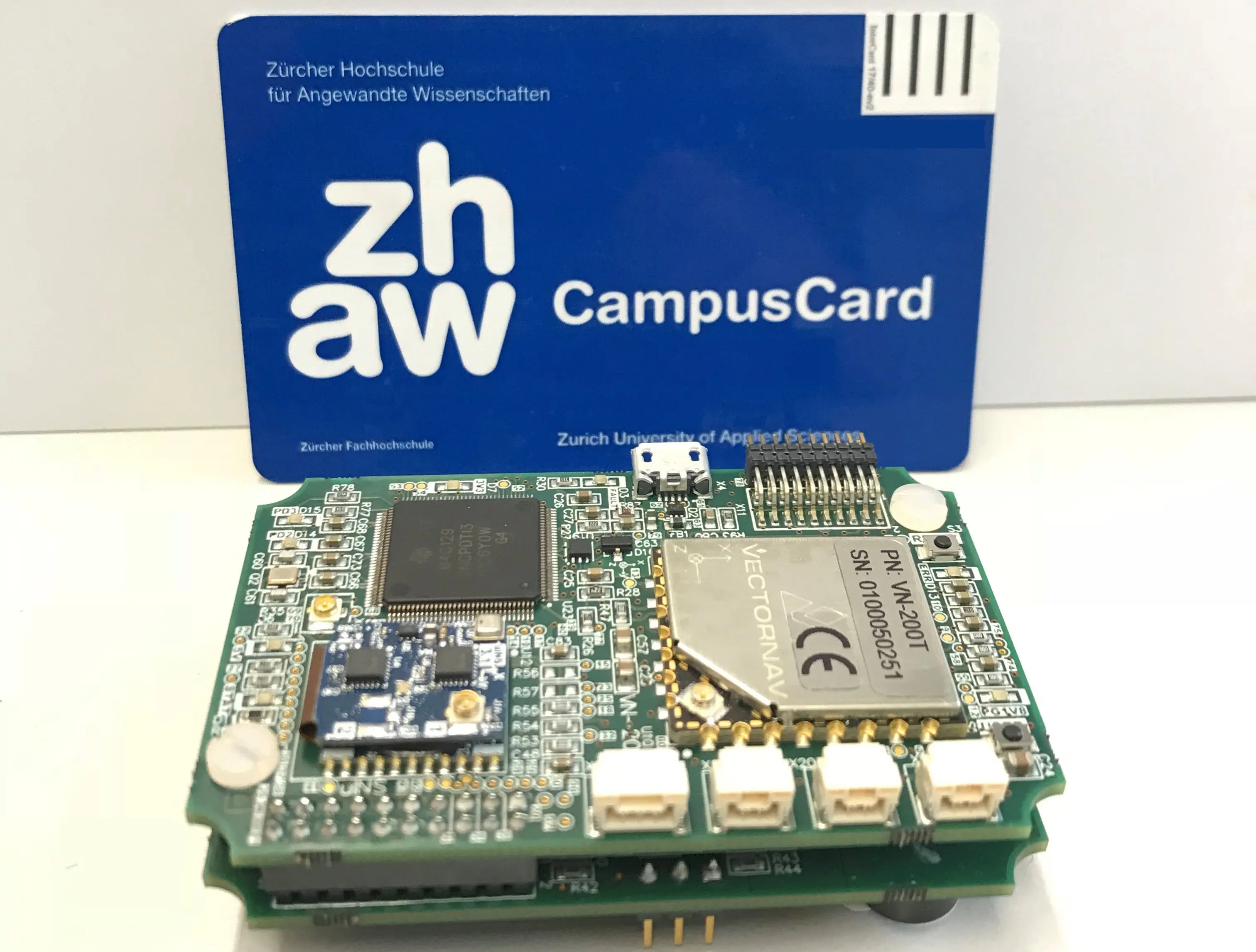High Integrity Systems
The number of applications whose malfunctioning could jeopardise lives and property is increasing. To address these risks, the InES is carrying out R&D work on special hardware and software designs, development processes and tools. Standardised methods and designs should substantially reduce the high costs and significant investments of time usually associated with ensuring functional security and reliability.
Safety and Dependability
Safe and Dependable hard and software is traditionally expensive and suffers a very long time-to-market. The research focus of this group is to make safe and dependable technology cheaper and more available to Small and Medium Enterprises. This results in two specific areas of research and development
- The research and implementation of methods and algorithms that allow the use of Commercial Off The Shelf (COTS) components in Safe and Highly-Available systems.
- The research and implementation of safe and dependable multi-processor architectures in re-programmable and re-configurable hardware.
Dependable Safety System Using the Zynq-7000

Fast Beam Interlock System (FBIS)
For the European Spallation Source Project, with our sister institute IAMP, we developed the VHDL-FPGA code for the FBIS. This system consists of ~120 data concentrators and ~5 duplicated data processing units connected by a high-speed optical link, each of which featured a high-end FPGA. We developed the code for the data concentrators and processing units following IEC 61508 procedures to SIL2 including code reviews and automated static-code checking. By partitioning the system into two verification partitions we could deploy automated test generation and automated verification for each of the 130 units including code coverage reports and generating data for a pre Hardware-in-the-Loop hardware test. The partitions allowed us to verify correct operation of the communication protocol we developed between the data concentrators and data processing units. We also developed some of the rear transmission modules for the data concentrators which also involved setting up appropriate hardware development guidelines and a FMEDA. This development allows switch-off times under 10 microseconds.
High Operational Reliability for Unmanned System (HORUS)

Together with our colleagues from the centre for aviation we developed a HW/SW for high reliability of unmanned drones. This unit is attached to a drone and performs real-time plausibility checking of flight path and, in case of error can trigger the safety function of the drone, typically cutting off the propellers control signal and triggering the parachute. The software was developed using the DO178B guideline.
Highly Available Redundant COTS Controllers (HARCC)
In the course of a CTI project we researched and developed a patented concept that redundant commercial off the shelf controllers in a 2oo3 configuration could update each other in real time facilitating a hot-switch in case one controller failed. The voting system allowed the use of heterogeneous controllers with priority voting also possible. We also developed the concept of a real-time-Ethernet communication profile for handling redundant sensors.
Real Time Ethernet
Real Time Ethernet (RTE) is a technology area concerned with introducing determinism into industrial Ethernet communication networks whilst retaining the high throughput of traditional Ethernet communication systems. Application areas are Factory Automation, Industrial Monitoring and Alarm Systems, Energy Generation and Control, Automotive, Aeronautics and Rail applications.
The focus of research and development in the RTE group is twofold.
- Our current focus is the development of real-time security solutions for protection of RTE connected nodes. Technologically speaking we focus on FPGA technology, we are Xilinx partners, as an implementation platform.
- Our second focus is the research and prototyping of networking concepts and nodes for innovative applications, for instance Ethernet-Compatible Network on Chip solutions for safety relevant RTE platforms.
Factory Automation applications tend to require a high number of synchronised distributed nodes upholding guaranteed and deterministic data transfer. Typical applications include general distributed control and high performance motion control. Typical machines where RTE is used are plastic moulding, printing presses, high precision polishing machines, energy generation (wind turbines) distributed I/O applications and robotics.
Monitoring and Alarm systems tend to require highly synchronous guaranteed and deterministic isochronous data transfer and, in the case of problems, large throughput of diagnostic data.
The research group is a PROFINET Competence Center and a founding member of the Ethernet POWERLINK Special interest Group.
